SGL Carbon’s porous reactors can synthesize hydrochloric and hydrofluoric acids and destroy pollutants in industrial waste gases.
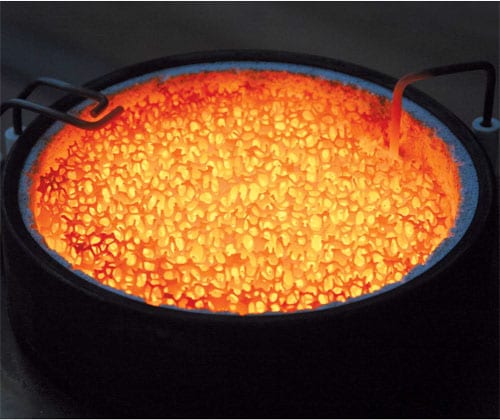

SGL Carbon’s porous reactors can synthesize hydrochloric and hydrofluoric acids and destroy pollutants in industrial waste gases.
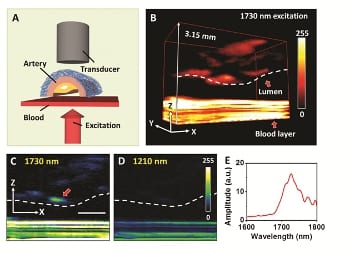
Label-free imaging of atherosclerotic plaques is achieved by an optical window between 1600-1850 nm for bond-selective deep tissue imaging.
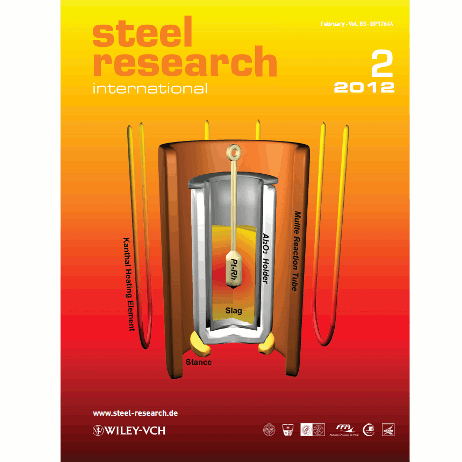
Steel Research International, one of the oldest metallurgical and materials engineering journals, gets a new look.

A laminar composite of two common biomaterials – shrimp shells and silk – could be useful for packaging and biomedical applications.
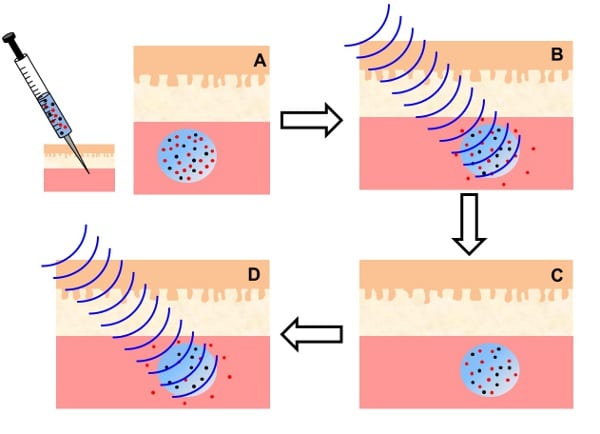
Iron oxide nanoparticles can be used to provide a local source of heating in a thermoresponsive sol–gel copolymer solution.
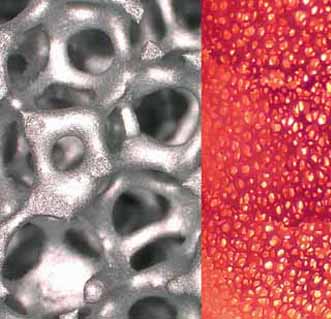
The benefits of porous burner technology are amazing, but many materials science problems remain to be solved.

Luminescent solar concentrators might hold the key to turning everyday building components into energy-generating devices.
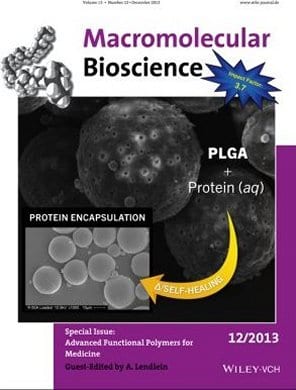
The complex requirements of modern medicine demand a variety of multifunctional materials. Polymers provide a versatile toolbox for such materials. Hydrolytically degradable polymers show temporal changes of mechanical properties during degradation and controlled drug...
New work highlights the unique effects that arise from incorporation of anion-binding moieties into polymeric systems.
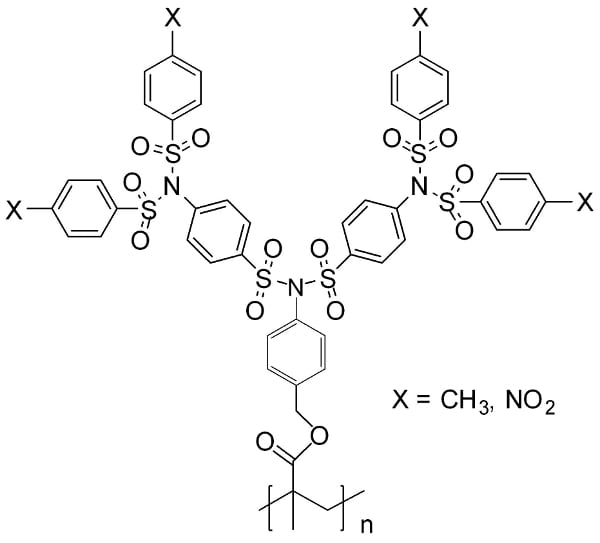
Researchers from the ETH Zurich present a novel synthesis method that leads to thermally stable dendronized polymers with aromatic dendrons.